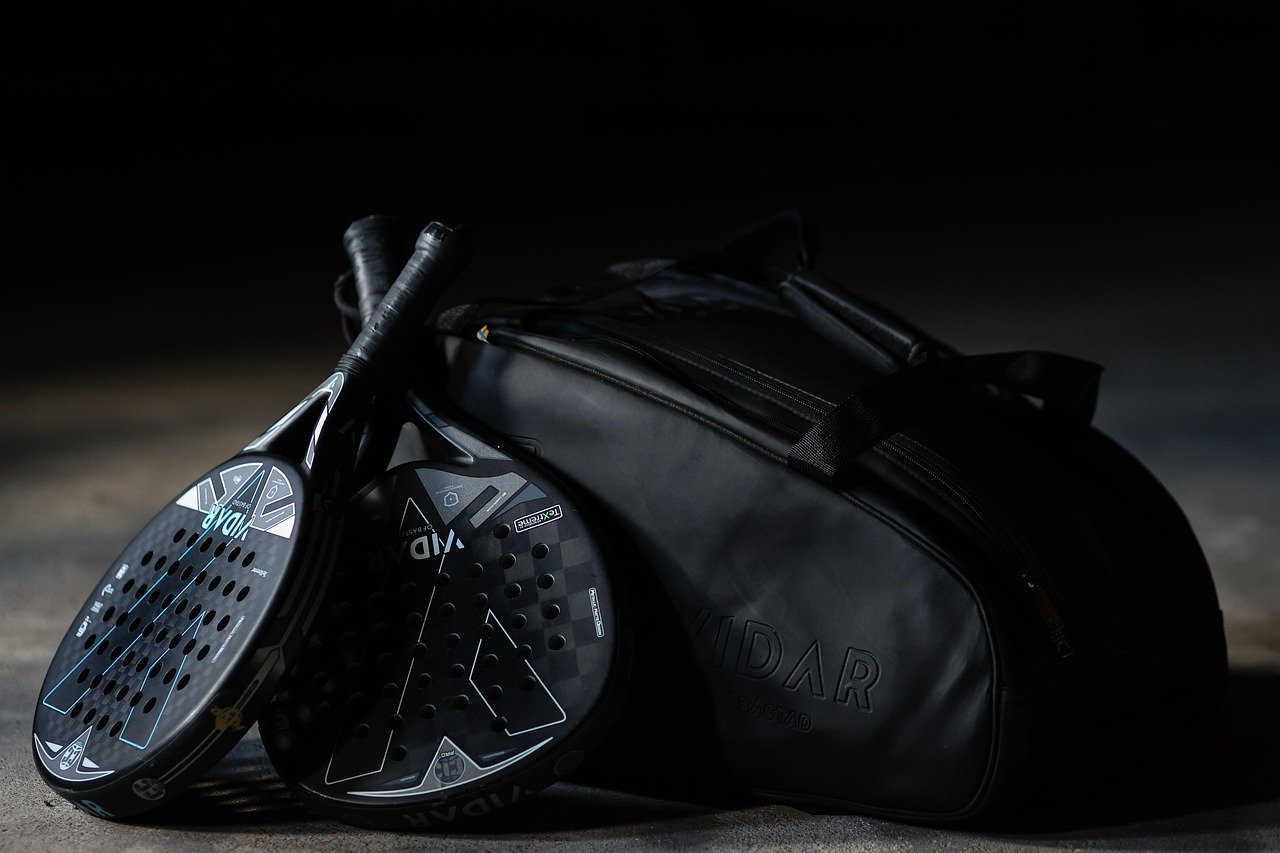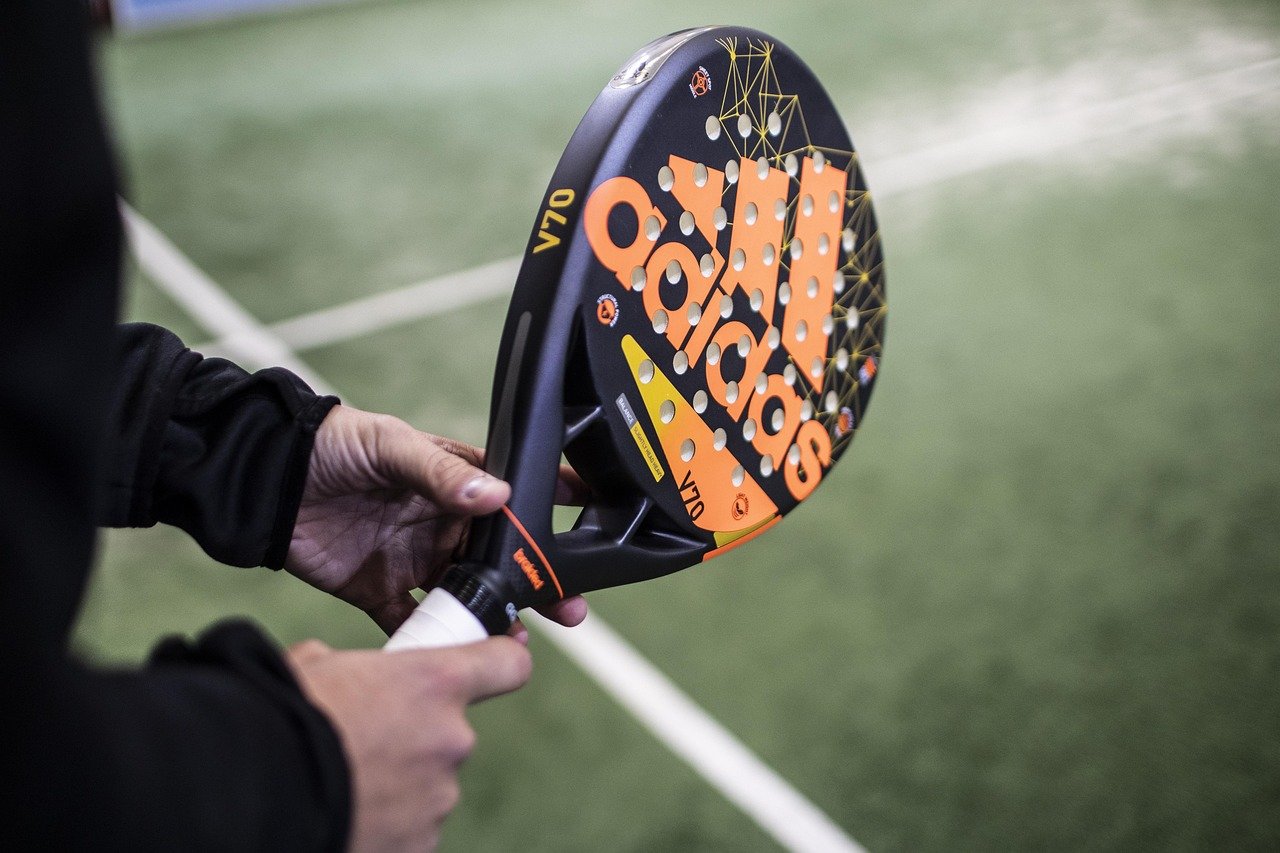In padel, dominating the net is crucial to winning points. Two of the most effective shots for maintaining net control are the bandeja and the vibora. Both are overhead shots played from the mid-court or net area, but they serve different purposes depending on your position, your opponents’ placement, and the state of the rally. Understanding when and how to use each is essential for tactical success.
This guide provides an in-depth analysis of the bandeja and vibora, including technique, situational use, positioning, and training strategies to help you master net play in padel.
Understanding the Bandeja
The bandeja is an overhead shot designed primarily to maintain control of the net without risking an unforced error. Unlike an aggressive smash, the bandeja is hit with a controlled, slicing motion that keeps the ball deep and angled, making it difficult for opponents to attack.
Purpose of the Bandeja
- Maintain net position: The primary goal is to stay at the net and keep pressure on your opponents.
- Control rally tempo: By hitting a slower, more controlled shot, you force opponents to lift the ball or make a weaker return.
- Minimise risk: The bandeja is less aggressive than a smash, reducing the chance of hitting long or into the net.
Technique for the Bandeja
- Grip and Stance: Use a continental grip. Stand with feet shoulder-width apart, knees slightly bent.
- Racket Preparation: Lift the racket behind your shoulder with a relaxed wrist.
- Swing Motion: Slice through the ball, keeping a slightly open racket face. Focus on control rather than power.
- Follow Through: Finish your swing low and across your body to maintain depth and angle.
Situational Use
- When opponents are positioned at the baseline and you are at the mid-court or net.
- During defensive volleys where you want to retain control rather than finish the point.
- To force opponents into a weak or predictable return that can be attacked on the next shot.
Understanding the Vibora
The vibora is an aggressive overhead shot, often mistaken for a smash but with distinct characteristics. It uses side spin to create unpredictable bounces, putting opponents under immediate pressure. The vibora is more offensive than the bandeja and is designed to create winning opportunities.
Purpose of the Vibora
- Apply pressure at the net: The vibora forces opponents to react quickly to a fast, angled shot.
- Create attacking opportunities: Its spin and pace often result in weak returns or outright winners.
- Exploit positioning gaps: When opponents are out of position, the vibora capitalises on open angles.
Technique for the Vibora
- Grip and Stance: Continental grip or slightly modified for wrist control. Feet shoulder-width apart, knees flexed.
- Racket Preparation: Lift the racket behind your shoulder, similar to a bandeja.
- Swing Motion: Hit with a side-spin slicing action. The racket face is more closed than for a bandeja to create the spin.
- Follow Through: Swing across your body, aiming diagonally toward the corner or side wall for unpredictable bounce.
Situational Use
- When opponents are at the net and vulnerable to angled shots.
- When you have a clear opening for an attacking return.
- To change pace and force errors, especially during mid-rally exchanges.
Key Differences Between Bandeja and Vibora
| Feature | Bandeja | Vibora |
|---|---|---|
| Objective | Control net and maintain rally | Aggressively pressure opponents |
| Pace | Moderate | Fast |
| Spin | Minimal, mainly slice | Side-spin, causing unpredictable bounce |
| Risk | Low | Medium to High |
| Placement | Deep, angled | Diagonal corners, unpredictable |
Knowing these differences helps players decide quickly which shot to play depending on the match situation.
Positioning and Court Awareness
Net control is not just about hitting the right shot — it’s also about where you are on the court.
- Mid-Court: Ideal for preparing both bandeja and vibora shots. Allows you to react to lobs or baseline returns.
- Approaching the Net: Move forward gradually after a successful defensive or offensive shot. Stay compact with your partner to cover angles.
- Reading Opponents: Observe their positioning — if they are anticipating a defensive shot, a vibora may catch them off guard. If they are retreating, a bandeja maintains pressure safely.
Combining Shots Strategically
Top-level padel players blend both shots seamlessly. A typical strategy might be:
- Begin with a controlled bandeja to maintain net position.
- Observe opponent reaction and positioning.
- When an opening appears, unleash a vibora to force a weak return or win the point.
Alternating between control and aggression keeps opponents off-balance and maximises point construction.
Common Mistakes and How to Avoid Them
- Over-hitting a bandeja: Trying to be too aggressive negates the control advantage.
- Flat vibora: Without sufficient spin, the vibora becomes predictable and easier to return.
- Poor footwork: Both shots require balance and positioning; poor stance reduces effectiveness.
- Ignoring partner position: Miscommunication can leave open court areas, reducing shot efficiency.
Practising each shot under match-like conditions and with your partner ensures reliability during competitive play.
Training Drills for Bandeja and Vibora
- Repetition drills: Alternate between bandeja and vibora, focusing on placement, spin, and follow-through.
- Partner pressure drills: Practice against opponents at the net to simulate game conditions.
- Angle targeting: Mark targets in corners to improve precision and unpredictability.
- Reaction drills: Have a coach or partner feed balls at different heights and angles to practice quick decision-making.
Regular drills reinforce technique and help players instinctively choose the correct shot under pressure.
Mental Approach to Shot Selection
Choosing between the bandeja and vibora is as much mental as physical. Players must assess risk, control, and opportunity in a fraction of a second. Confidence and experience allow you to:
- Trust the control of the bandeja when necessary.
- Recognise openings to unleash the vibora with high success rates.
- Stay calm under pressure, avoiding unnecessary errors.
The mental component ensures strategic decisions complement physical skill.
Conclusion
Mastering when to play the bandeja versus the vibora is essential for any player seeking net dominance in padel. The bandeja provides control, consistency, and low-risk positioning, while the vibora delivers pressure, unpredictability, and scoring opportunities.
By understanding their purpose, practising technique, coordinating with your partner, and reading opponents, you can make intelligent choices and dominate net play. Alternating between these shots fluidly creates a balanced, tactical approach that elevates overall game performance.
With focus, repetition, and strategic awareness, both the bandeja and vibora become powerful tools in your padel arsenal, transforming defence into controlled attack and turning opportunities into points.



